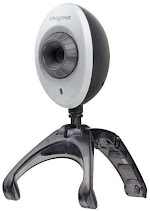Raspberry Pi – VPN Server
Connecting from the University network, I often incur into a very annoying issue, that of blocked ports. I have therefore decided to configure a personal VPN (Virtual Private Network) server where to connect to from university and have true freedom of access to whichever service I would need to use.
(more…)


